
Instrument
- Home
- Exhibitions
- Instrument

Scientific instruments have played a central role in the exploration of nature. Through our unique collection, you can experience stories about the development of the natural sciences in Norway from the middle of the 18th century to the beginning of the 20th century, with a particular focus on the rise of physics.
Physics in the 18th and 19th centuries was characterized by experiments and systematic observations, and took place in classrooms, workshops, exhibition rooms and laboratories. It presupposed precise instruments that could be used to demonstrate the knowledge – whether to convince others, teach students or entertain a larger audience. In Europe, hundreds of instrument collections, so-called physical cabinets, were built up.
Scientists and scholars were not the only ones working with physics. Instrument makers also played an important role. Their work required specialized knowledge and advanced tools. The collaboration between scientists and instrument makers shows the close connection between science and technology. Most of the instruments in The Norwegian Museum of Science and Technology 's exhibition originate from the Physics Cabinet at the University of Oslo.
Information for school visits
- Book a customized tour of the exhibition!
- Explore the Northern Lights through discussion and practical experiments
- Suitable for 5.-7. steps
Instruments in the exhibition
The museum manages a large amount of historical instruments. You can search our collections and read more at DigitaltMuseum .
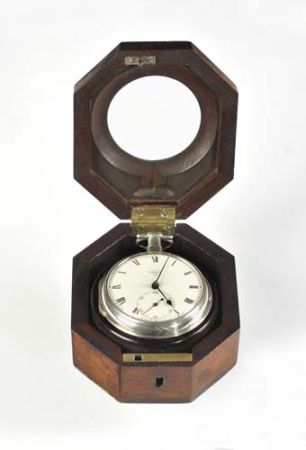
Chronometer
Precision watch made by the English watchmaker John Arnold, from about 1800. He was the first to develop a watch that was both precise and practical to take with you. Has belonged to Abraham Pihl
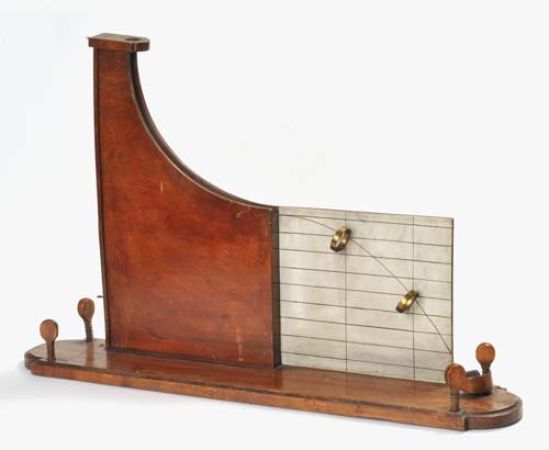
Parabolic orbit
From the second half of the 18th century. Demonstrates the parabolic trajectories of bodies resulting from the combination of horizontal acceleration and free fall. Has belonged to Thomas Bugge.

Kaleidoscope
For picture panels, from the second half of the 18th century. Has belonged to the Bergseminar.

Picture posters
For kaleidoscope, from the second half of the 18th century. Has belonged to the Bergseminar.

Telescope
Pihl's telescope, from 1797. Astronomical telescope built and used by the priest Abraham Pihl. He had binoculars and other instruments for scientific observation and measurement produced. In a letter to Professor Thomas Bugge in Copenhagen, Pihl proudly mentions his new telescope with an achromatic lens system which gave an enlarged image of the sky.

Prism
On a stand, from the second half of the 18th century. The angle at which the light is refracted is different for the different colors that make up the white light, so that a spectrum of colors appears. Has belonged to the Bergseminar.
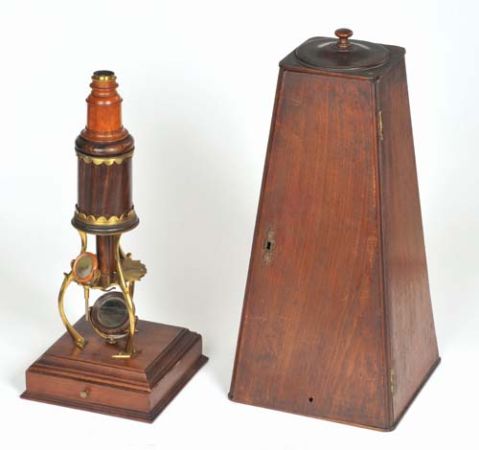
Microscope
From about 1750. Made by George Adams Sr., London. Has belonged to Thomas Bugge.

Magdeburg hemispheres
From before 1843. When the air is pumped out, a vacuum is created between the hemispheres so that they are stuck. In 1654, Otto von Guericke, mayor of Magdeburg, demonstrated that not even 30 strong horses could pull the hemispheres apart.

Bellows and pipes
From 1843. Used for acoustic experiments. The keys open for air from the bellows which produces sound in the pipes. There were several such instruments in the physical cabinet. Made by Albert Marloye, Paris, who was the first instrument maker to specialize in acoustics.

Sound Analyzer (1968)
Each resonator is connected to a gas-filled flame capsule. When the resonators are activated by voice or tuning fork, the timbre becomes visually visible in the rotating mirror. The devices were standard in the physical cabinets at the end of the 19th century. They united two directions in acoustics: A focus on listening, and an orientation towards graphic instruments that visualized the sound. Made by Rudolph Koenig, Paris, a leading instrument maker in the field of acoustics.
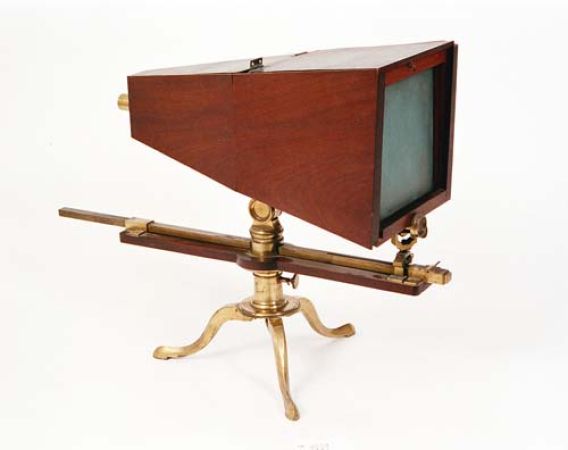
Light microscope
From about 1780. The object is illuminated with a lamp and the image appears on a ground glass screen connected to the microscope. Made by George Adams dy, London.

Electrifying machine
From about 1840. When the glass disc is rotated, static electricity is created by rubbing. Electrical experiments were popular and electrifying machines were among the most important instruments in the physical cabinets of the 18th and 19th centuries.

Steam machine
From 1847. Model of James Watt's steam engine from 1769. The steam engine is a piston engine powered by pressurized steam.

Clock and resonator
From about 1880. The metal bell is stroked with a bow and the tube creates resonance if it has the same pitch. Created by Paul Brantzeg. Loaned by the Department of Physics, UiO.

Electric tuning fork
From 1874. The tuning fork's vibrations are powered by electricity. Created by August Steger and Paul Brantzeg.

Type printing telegraph
From 1877. Since the 1850s, attempts had been made to make telegraphs that could print text. Christian HG Olsen's type printing telegraph garnered international recognition, but was never sold to any telegraph company. Created by Christian HG Olsen.
Stories about science
Observation and mapping
Belief in science as an economic, social and cultural driving force was strong in Europe at this time. Systematic studies of nature through observation and mapping, together with new technology, should make it possible to utilize natural resources.

Center in Copenhagen
The University of Copenhagen was established in 1479. In the middle of the 18th century, Frederick V allowed the establishment of two Norwegian educational institutions: Den frie mathematiske Skole i Christiania (1750) (War School) for officers and Det Kongelige Norske Berg-Seminarium at Kongsberg (1757) for mining engineers (Bergseminaret). At this time, scientific activity in Norway was mainly carried out by individuals in contact with the environments in Copenhagen.
In 1762, the Videnskabernes Selskab in Copenhagen started a survey of Denmark in order to create maps on a par with the best in Europe. Astronomy professor Thomas Bugge led the survey, which was controlled from Rundetårn, the observatory in Copenhagen. Access to skilled instrument makers was of great importance for the work. Accurate maps required good astronomical measurements, and contact with foreign observatories became important.
Abraham Pihl and Thomas Bugge
In the 18th century there was little opposition between Christianity and natural science. One could approach God by studying scripture or creation. The church needed calendars that showed movable holidays and feast days. This required astronomical calculations. The Norwegian Abraham Pihl studied theology and at the beginning of the 1780s was also assistant to Thomas Bugge at Rundetårn. They shared an interest in astronomy and later kept in touch through the exchange of letters, the exchange of specialist literature and the loan of scientific instruments.
The physical cabinet
During the 18th and 19th centuries, hundreds of instrument collections - so-called physical cabinets - were created around Europe.
The founding of the Royal Frederiks University in Christiania (Oslo) in 1811 led to the establishment of a physics cabinet that was to serve physics teaching.
The use of physical enclosures
The term "physical cabinet" comes from the fact that the first instrument collections were kept in cupboards or finer living rooms, which could also be called cabinets. Some of these collections were acquired by wealthy citizens for entertainment and as status symbols, while others were used by learned men and scientific societies for experiments and public education.
Educational institutions and universities built up large collections of instruments. The physical cabinet at the Royal Frederiks University (now the University of Oslo) mainly consisted of instruments for teaching and demonstration. The instruments were aids in elementary physics teaching and less suitable for research.
The instruments were used to demonstrate the principles and laws of physics, as these had been formulated i.a. through Newton's doctrine of mechanics. Among the most central instruments were air pumps that could show the effects of vacuum and devices that could produce electricity. The instruments could be very elaborate, and the demonstrations were often spectacular. The physical cabinets in Europe had many similar instruments, often produced by the same instrument makers or made after the same models.
The university's physical cabinet
The physics cabinet at the Royal Frederiks University in Christiania (Oslo) primarily consisted of demonstration instruments for use in physics teaching. The instruments were less suitable for scientific investigations or research. The first instruments were taken over from the Bergseminaret at Kongsberg and the Military School in Oslo in 1814. Many of the instruments were of older date. In 1815, a state grant was given for the purchase of instruments at the estate auction for Thomas Bugge in Copenhagen.
The collection grew through several purchases of instruments abroad, particularly from London and Paris. In some cases, the physics professors returned home from their trips abroad with used instruments. The British instrument maker Edward M. Clarke (1791-1859) was an important supplier. He produced i.a. electromagnetic and optical instruments, and boasted of having the university as a customer in their sales catalogues. From the middle of the 19th century, more and more of the instruments were produced by Norwegian instrument makers.
In 1859, Hartvig Caspar Christie (1826-1873) became lecturer in physics, and was given responsibility for the Physics Cabinet. He immediately began to create "a complete and completely accurate catalogue" of the instrument collection, "which has been lacking until now". In the catalogue, he entered each individual instrument with information on when and by whom it was produced.
The physical cabinet's premises at Øvre Slottsgate 2, the period 1829-1852. Christie divided the instruments into seven classes: "Optics", "Mechanics", "Magnetism", "Electricity", "Heat", "Meteorology" and "Acoustics". He used the same classification as the basis for a two-volume textbook in physics (1864-65). The book presented several of the instruments in the Physical Cabinet and was written as a guide for the students.

Students, professors and fine ladies
The teaching, which took place at the university's physical cabinet, was attended by a large number of students. From the beginning, physics was a compulsory subject in the so-called second exam (preparatory exams) that students had to take before starting their studies in theology, philology, law or medicine. Until the middle of the 19th century, there were 50-70 students per year who followed physics lessons, and around 1870 the number had risen to around 200. In the 1870s, a change took place. Practical exercises in physics became part of the teaching for science teachers, while physics ceased to be a compulsory subject in the secondary examination.
Three professors were responsible for most of the physics teaching until the 1870s; Jens Jacob Keyser (professor 1814-1847), Lorentz Christian Langberg (lecturer and professor 1847-1857) and Hartvig Caspar Christie (lecturer and professor 1859-1873). The professors' work mainly consisted of teaching and administration. They had little opportunity to conduct research.
Professor Keyser also used the instrument collection for demonstration experiments for the town's bourgeoisie – finer ladies who could pay the entrance fees he demanded for this entertainment. The demonstrations often failed, and it was said that the professor's anger and insults were often directed at his hapless assistant.
The physical cabinet was open to the public for two hours every Monday. In 1841 it was also decided that the students themselves should be allowed to use the instruments under supervision. In 1852, the instrument collection and teaching moved from premises at Christiania Torv to the new university buildings in Karl Johans gate.

The Physics Hall at McGill University, Montreal, circa 1900.
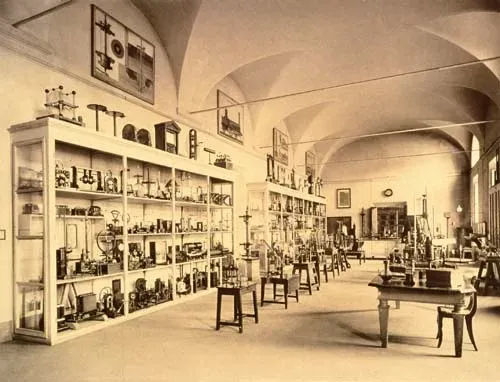
The physical cabinet at the Istituto Tecnico in Florence, 1899.

The physical cabinet's premises in Øvre Slottsgate 2, the period 1829-1852.

The physical cabinet moved to the university's premises in Karl Johans gate in 1852.

The physical cabinet moved to the university's premises in Karl Johans gate in 1852.
The instrument makers
Research and experiment
At the University of Oslo, there was a stronger focus on research and experiments towards the end of the 19th century. This helped to give the instruments a new role.


The research university
Throughout most of the 19th century, the university's most important task had been to educate those who would become servants of the state - the civil servants. It was teaching, not research, that was at the center of the professors' activities. Towards the end of the century this changed. Not least within the physics subject, there was now a stronger focus on research – research that was based on conducting experiments.
Physicists often worked closely with researchers from other disciplines. The mathematician Carl Anton Bjerknes (1825-1903) and the physicist Kristian Birkeland (1867-1917) both contributed to the establishment of the new research university. Birkeland in particular was to become an experimental physicist of international stature.
From the auditorium to the laboratory
The instruments at the physical cabinet had primarily been used for teaching and demonstrations in the auditorium. Within the framework of the new research university, the instruments were used in a new arena – the laboratory.
Changed use made new demands on the instruments. While in the auditorium they were used to demonstrate known physical principles, in the research laboratory they were part of the work to produce new knowledge. In teaching, the instruments were to be used several times, and they were therefore often elaborate and beautiful. The research instruments, on the other hand, were specially constructed for a single experiment, and were made without the same consideration for aesthetic and craftsmanship qualities.
Terrell
In the exhibition you will find a terrella - the original equipment for Professor Kristian Birkeland's terrella experiment.
It was the first laboratory experiment in the world where an attempt was made to understand the interaction between particles flowing from the sun towards the magnetized earth.
An electrode at one corner represents the sun, and the magnetized sphere in the center represents the earth. When a high voltage is applied between the electrode (-) and the ball (+), you get a discharge that can be compared to the particle flow from the sun towards the earth.
Image credit:
Children in the exhibition © NTM / Gorm Gaare
Historical instruments © NTM
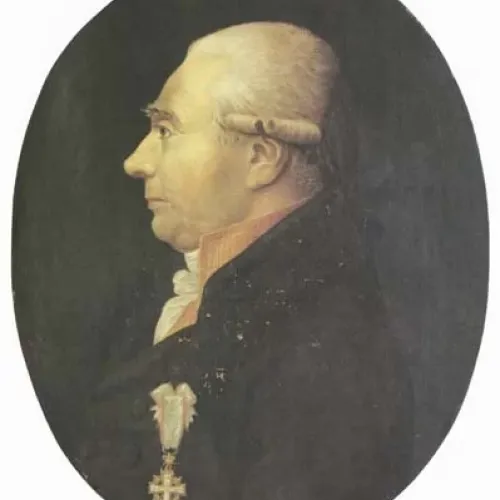






-288e8453.jpeg)
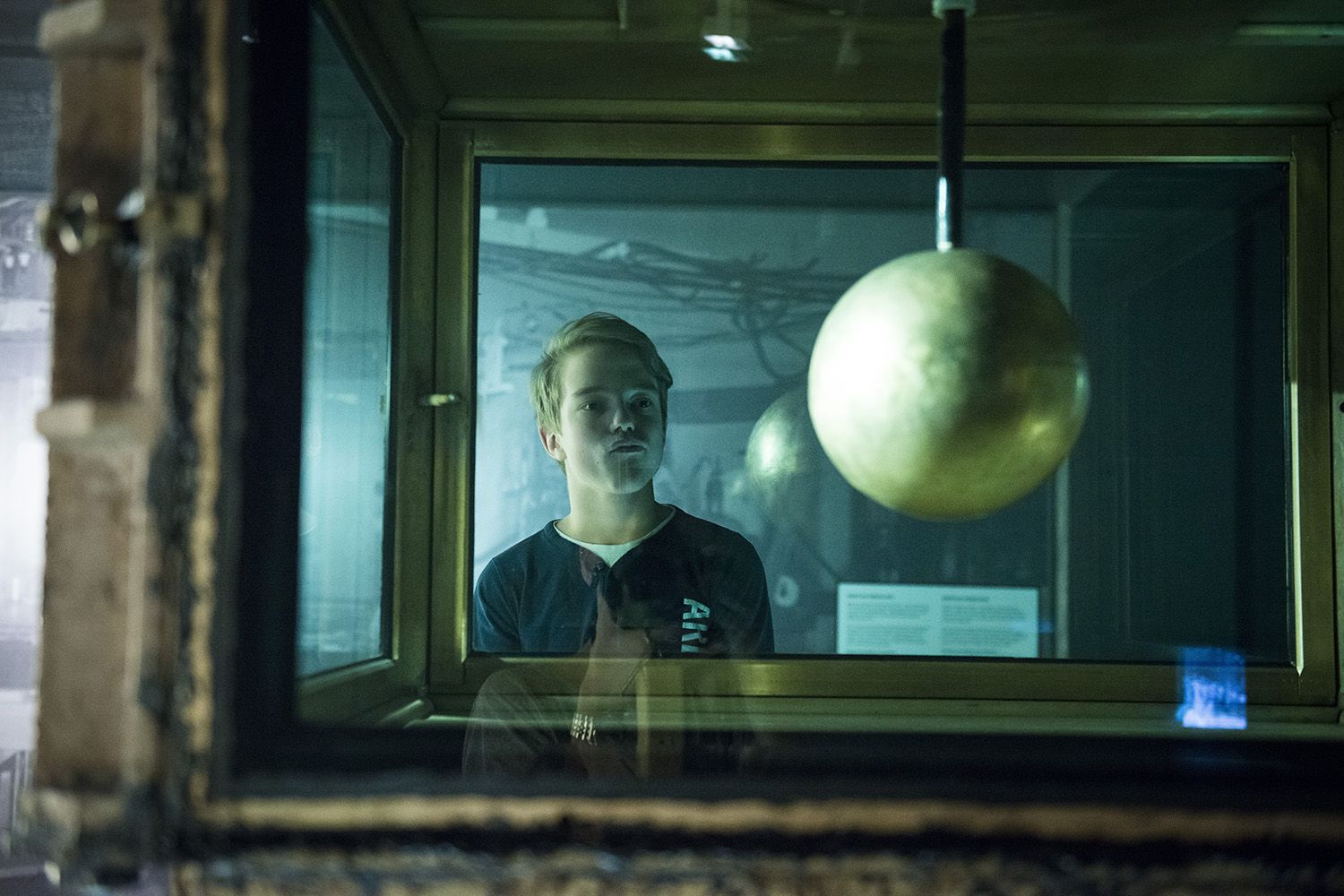
-d682f934.jpeg)
-77ab3642.jpeg)


